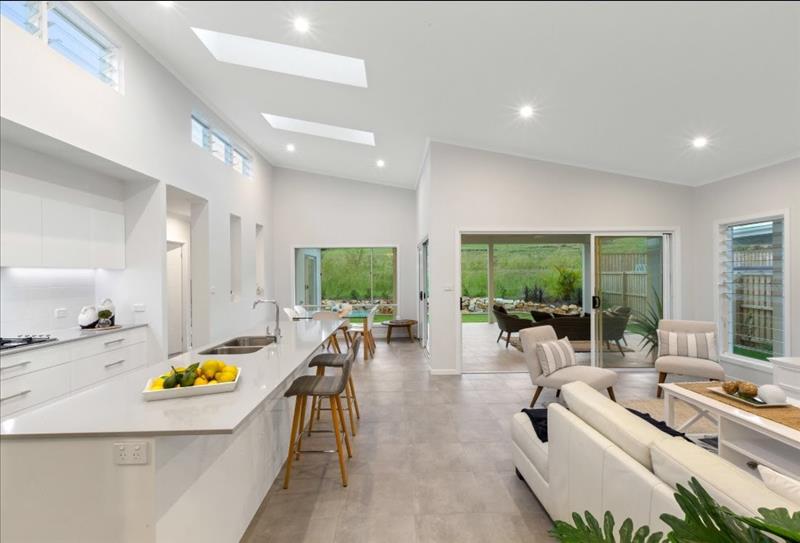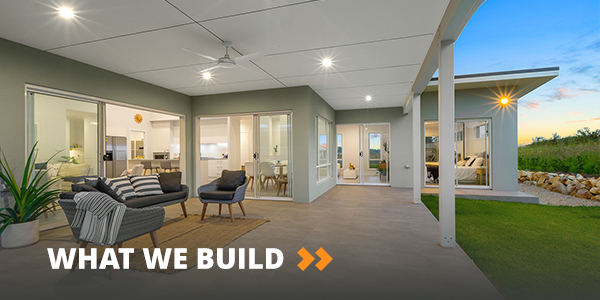
Natural Lighting in your home
Light, both natural and artificial, has a huge impact on your health and happiness at home, and the effects are not always positive.
Moods, sleep, skin, energy, body clock, immunity, even weight, can see shifts depending on your exposure to light within your home, so it pays to know where and when to let it in, and conversely, block it out.
Natural light, while making your home appear brighter and more welcoming, also possesses a myriad of health benefits.
From a physical sense, natural light boosts Vitamin D which we know is important for preventing various diseases.
But from a psychological sense, research has shown there is a strong relationship between daylight exposure and sleep, activity, and overall quality of life.
Maybe you live in a land-locked abode, have your house sheltered by a thick canopy of trees, or possess smaller windows. The reality is, we can’t always help the amount of natural light we can let into our homes.
A dark home means that we become more reliant on artificial lighting, but our body knows the difference between natural light and artificial light, and the benefits we get from natural light are not matched by artificial light.
In fact, it’s become apparent through research that LED or blue-toned lights found in some lighting, televisions, smartphones and laptops interrupts our circadian rhythms and notably suppresses our body’s production of the sleep hormone called melatonin.
Research has proven that natural lighting helps people be more productive, happier, healthier and calmer. Natural light has also proven to regulate some disorders including SAD (Seasonal Affective Disorder). ... Exposure to sunlight is the primary method in which people receive a sufficient amount of vitamin D.
So here's our Top 5 tips for lighting your home right
1. Open curtains and windows from the minute you wake up, to the moment the sun sets.
2. If your home doesn’t let in enough natural light for you to notice the positive effects associated, try and spend some time outdoors each day. Just remember to apply sun protection!
3. Create strict rules around your usage of devices. Set a time each night to switch off all devices and encourage things like reading instead.
4. Look into apps that change the tone of the light on these devices so it emits a warmer glow. There’s an app called Flux that intuitively changes the light setting on laptops and iPhones depending on what time of day it is.
5. Replace harsh light bulbs in the home with incandescent bulbs that calm and soothe the body instead of stimulate it.
Article adapted from RealEstate.com.au article - Light the Way to a Healthier and Happier Home.



